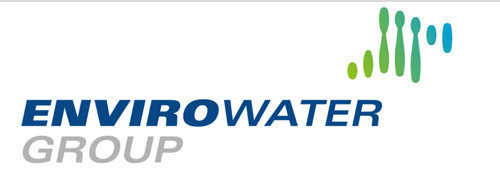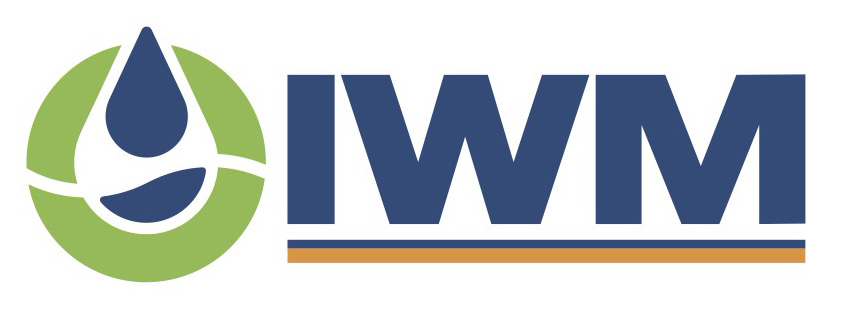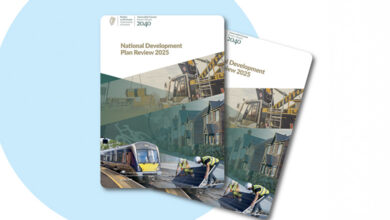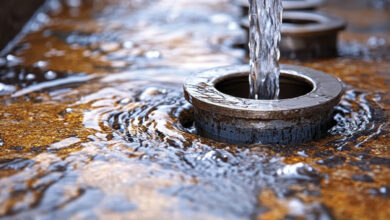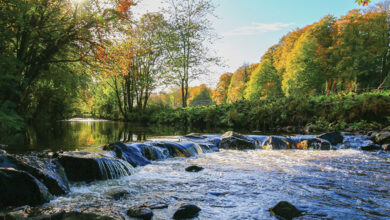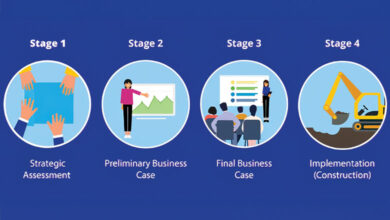Industrial Water Management: Our mission and values
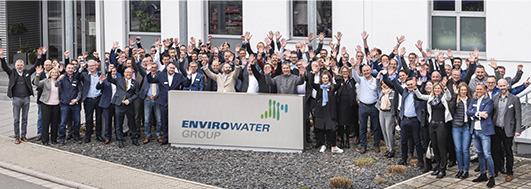
The EnviroWater Group brings together specialists in water and wastewater treatment as well as water recycling. We work together in a network in order to achieve the ideal result for our customers, writes Brian McCleane, Wastewater Treatment Manager at Industrial Water Management.
Our mission
We enable the sustainable and efficient use of water. Through holistic solutions, we strengthen our customers and protect both humanity and nature.
Our values
Sustainability
We offer sustainable and efficient solutions, plants, and services in order to overcome the challenges in water and wastewater treatment and to protect and preserve the environment and water resources for future generations.
Curiosity
We are open to innovative and “unconventional” solutions and new approaches that are in line with our mission.
Integrity
We meet the highest ethical standards. We take full responsibility for our commitments and encourage others to adhere to theirs. We are transparent, trustworthy, fair, and honest.
Teamwork
We give our best, avoid selfishness and work towards greatness with empathy and trust.
Cordiality
We welcome everything that makes us human.
Targeted industries
Life sciences and pharmaceutical
In the pharmaceutical industry, water technology is subjected to very high quality standards. We help you supply your production processes with water of the very highest quality while also assisting you in meeting all environmental requirements.
“We meet the highest ethical standards. We take full responsibility for our commitments and encourage others to adhere to theirs. We are transparent, trustworthy, fair, and honest.”
We provide you with reliable plants, whether you need ultrapure water for production, process water for utilities or for the treatment of wastewater.
Hospitals, laboratories, and medical technology
Hospitals, laboratories, and the medical technology sector need pure and ultrapure water of the highest quality, generated using environmentally friendly and reliable plant solutions.
We reliably remove infectious or active components in wastewater through a sterilisation or decontamination process. Alongside a high level of availability, our plants also stand out thanks to their reduced water consumption and low operating costs.
Food, beverages, and catering
Water is an important raw material for food processing and drinks manufacturing. We treat it in various qualities for a variety of tasks: fresh water, process water, boiler feed water, cooling water, or CIP water.
In the catering sector, we ensure pure water for the creation of food and beverages or for cleaning and cooking. The wastewater produced by this sector is often greasy; we treat this water so that it can be discharged into the sewage system.
Mining and ore processing
Water from mining and ore processing often contains considerable amounts of dissolved and undissolved contaminants, some of which are toxic. Mine water that can cause the water level to fluctuate or overflow must be removed.
Our experienced industry experts show you how you can reliably meet the requirements for mine water, rainwater and wastewater using customised plant solutions, as well as how you can recycle treated water.
Textiles and industrial laundry
Textile manufacturing and industrial laundries produce various wastewaters, which need to be treated using different methods. Our industry experts determine whether water recycling or energy recovery is possible in your specific application and develop an individual plant solution for you based on your requirements.
Green energy and building services
Water of a consistently high quality is required for sustainable energy generation, sometimes in large quantities. Our plant solutions enable you to reliably produce the water quantities and qualities you need for your boiler feed water or cooling water.
By generating biogas using our aerobic reactors during biological wastewater treatment, you will also reduce your primary energy consumption. In the building services segment, we provide you with systems for treating heating water along with the matching service.
Transport, traffic, and automotive
The wastewater that results from cleaning, maintaining, and servicing vehicles and components is oily, greasy and contains heavy metals, and must be prepared safely and in accordance with legal requirements before it can be discharged.
In the automotive sector, we show you how you can treat and recycle water reliably and sustainably while at the same time optimising costs.
If you would like to know more information or indeed you need any advice, please get in contact with Brian McCleane or you can contact our team today.
T: +353 (0)86 277 1233 /
+353 (01) 410 5033
E: bmcc@iwm.ie
W: www.iwm.ie
